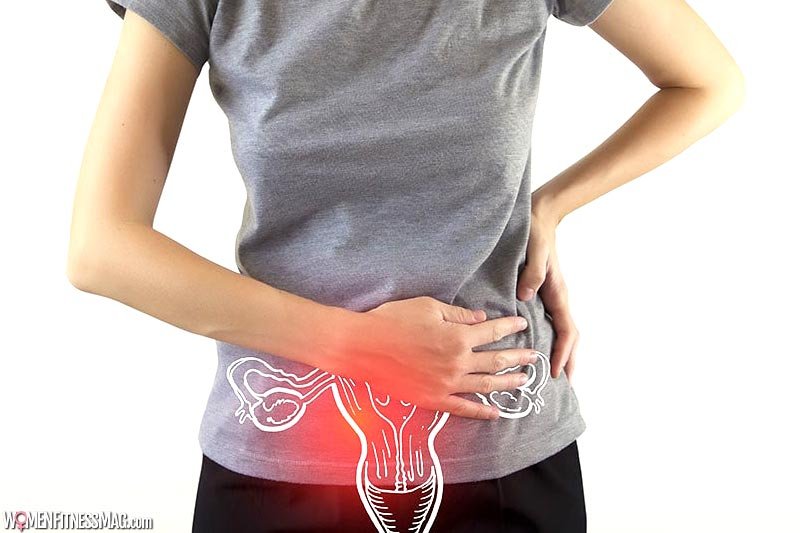HSG: An Inside Look into Fertility Issues : If you’re having trouble getting pregnant and decide to get tested for it, you’ll almost certainly need a hysterosalpingogram. This is a noninvasive, outpatient diagnostic test that, when used in conjunction with other tests, allows infertility specialists to get a complete picture of your fertility possibilities.
Hysterosalpingography (HSG) is an X-ray procedure that allows doctors to see into your uterus and fallopian tubes, tubes that carry an egg from your ovary to your uterus. The treatment takes about 30 minutes, including preparatory time. After HSG, you can resume normal activities, however many doctors advise abstaining from sexual activity for a few days.
What Can HSG Diagnose?
HSG diagnosis can detect many possible things and these are as such:-
- Scarring of the uterus and fallopian tubes.
- Fallopian tube and uterus abnormalities in shape and size.
- You can know about the blockage or narrowing of the fallopian tube,
- It helps in diagnosing any growth of tumor or fibroid in the tumor.
The test can also be used by infertility professionals to look into the causes of miscarriage. Additional tests to examine your reproductive organs may be required in some circumstances.
HSG can sometimes unblock blocked fallopian tubes, increasing your chances of becoming pregnant for a brief period. Most clinicians, on the other hand, employ HSG for diagnostic purposes.
If you think you are pregnant, tell your doctor or the X-ray technologist before you have HSG. Although the amount of radiation emitted by HSG is very minimal, the test should not be performed if you are pregnant.
How is HSG Performed?
You have to lie down on an exam table, similar to how you would for a gynecological exam. In your uterus and fallopian tubes, a contrast dye will be injected.
During X-ray imaging (fluoroscopy), the dye reveals inside structures, which assists in highlighting the area of problems.
If any of the following criteria exist, HSG is not performed:
- Pregnancy
- Pelvic infection
- Heavy uterine bleeding at the time of the procedure
Your doctor might propose a surgical treatment to directly inspect your fallopian tubes if they are blocked.
Does HSG Pose Risks or Cause Side Effects?
For around 5 to ten minutes, HSG induces mild to moderate uterine cramps. Some women, however, may have cramping that lasts several hours. Take drugs for menstrual cramps before the surgery or as symptoms arise to decrease these symptoms. Severe complications following HSG are uncommon. Pelvic infection spotting and fainting are a few problems that may develop in less than 1% of women.
If you experience any of the following symptoms after HSG, contact your doctor:
- Foul-smelling vaginal discharge
- Vomiting
- Fainting
- Severe abdominal pain
- Heavy vaginal bleeding
Related Videos about HSG: An Inside Look into Fertility Issues :
HSG: An Inside Look into Fertility Issues
hsg side effects recovery, hsg test results, hsg procedure, natural pregnancy after hsg test, passing tissue after hsg test, no bleeding after hsg test, twins after hsg, when is the best time to do hsg test,




